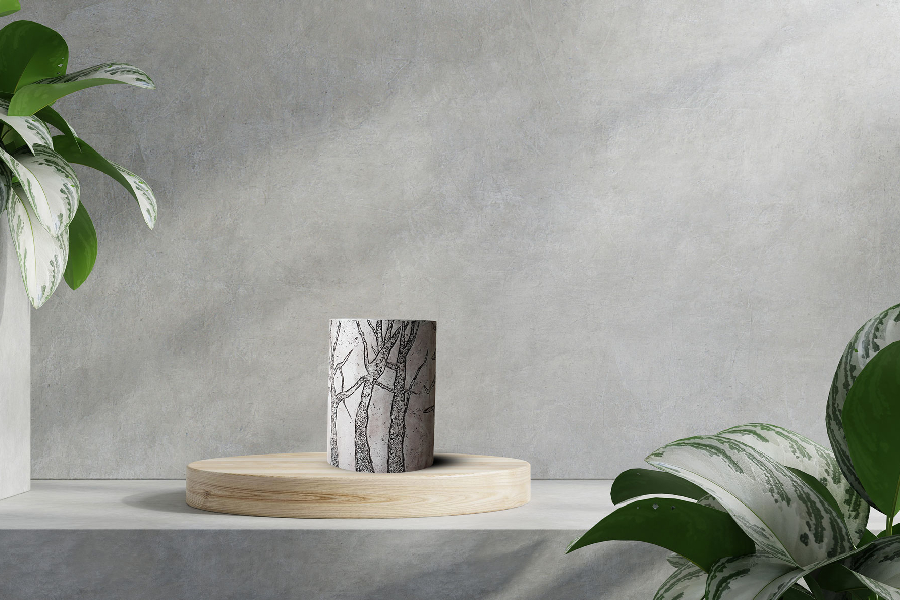Ceramic Fanatics
At a glance, you may think a ceramic pot is simply a terracotta pot with a good paint job. However, ceramic pots are typically glazed with a coat of lacquer that prevents the soil from drying out at the same speed as it would in an unglazed clay or terracotta planter. Some ceramic pots are sold without any drainage holes at all, which means the roots will sit in very wet conditions. If you choose to use these pots, you’ll be best off choosing a plant that can handle sitting in stagnant water—and your options will be limited. If you take care not to overwater and monitor the soil diligently, it’s certainly possible to keep houseplants in these environments. Still, you’ll save yourself a lot of trouble by opting for a pot with drainage holes. Even with drainage holes, the glazes on ceramics will still cause these pots to retain more moisture than unpainted terracotta. The best houseplants for ceramic pots are ones that prefer evenly moist soil—generally, ones that have adapted from damper environments in nature. A couple of “ceramic fanatics” include:
- Golden Pothos
- Spider Plants
- Baby’s Tears
- Boston Fern
- Maidenhair Fern

Of course, one huge advantage ceramics have over terracotta is their appearance. Compared to all the beautiful colors, patterns, and styles you can find in ceramic, terracotta can seem a little dull in comparison. If you want to plant a “team terracotta” plant in a ceramic pot without drainage holes, a few easy modifications will make a big difference. Just add a layer of coarse gravel, pebbles, or river rocks to the bottom of the ceramic pot cover and “nest” your houseplant’s nursery container inside. This will allow water to drain from the container and away from the plant’s roots.



